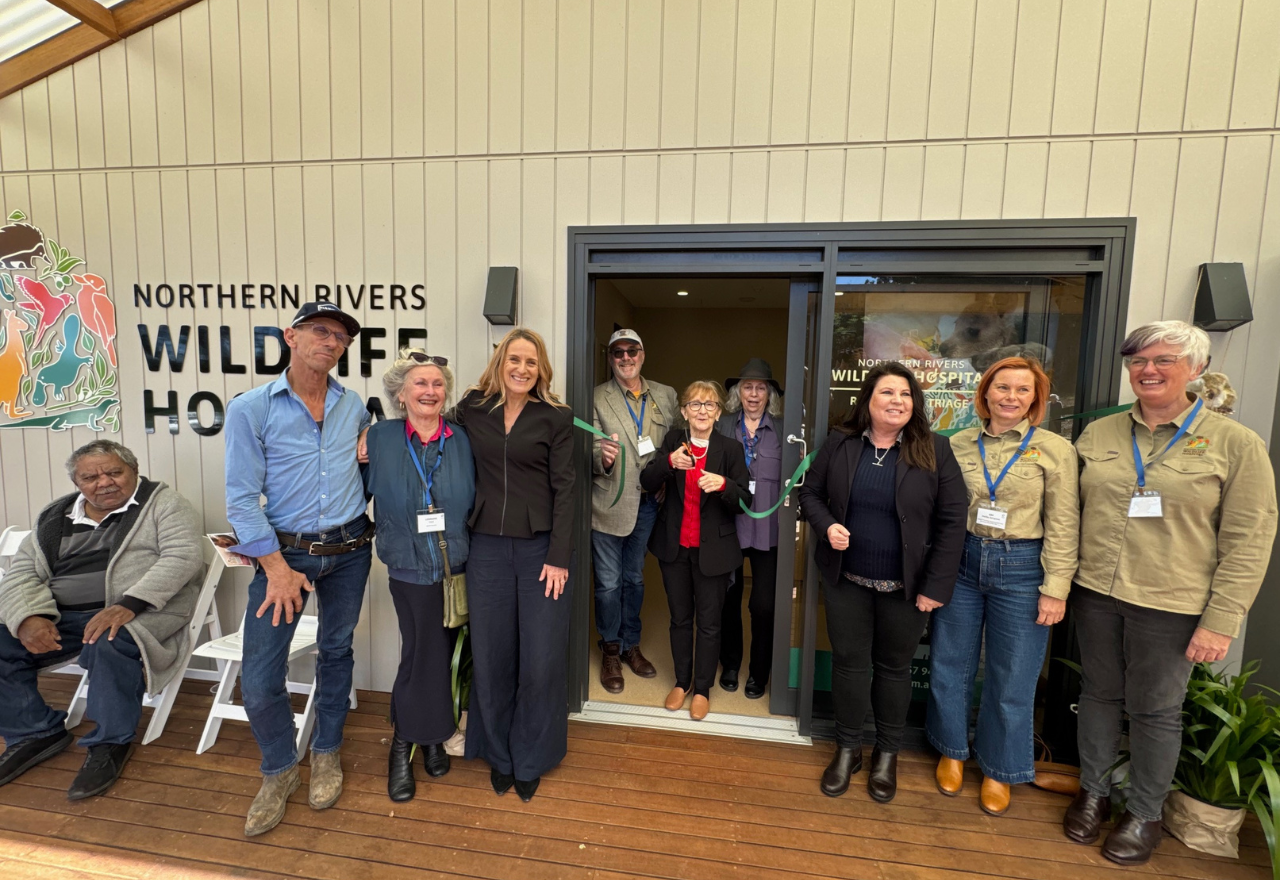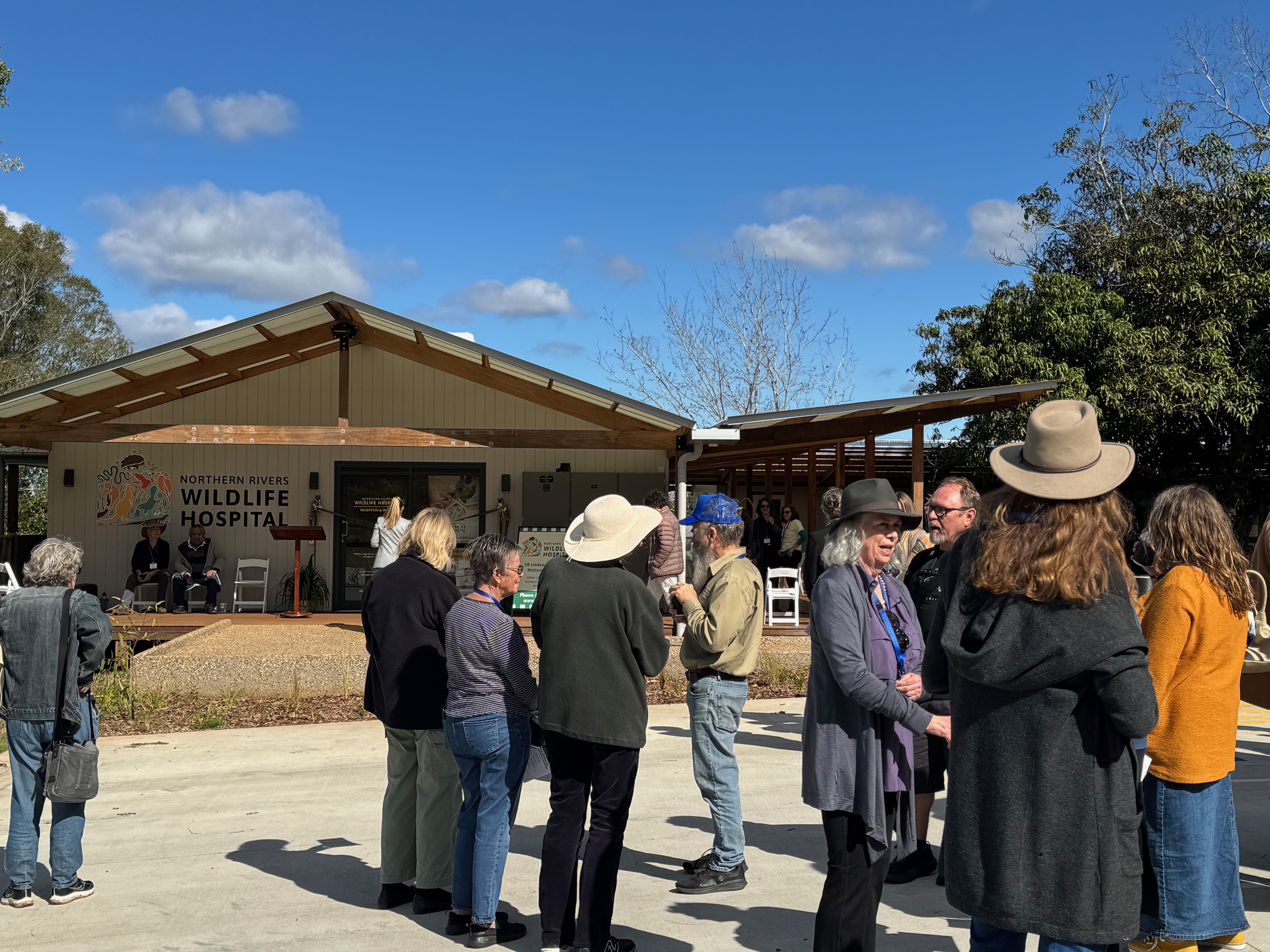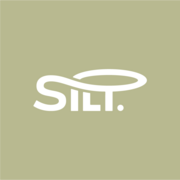Northern Rivers Wildlife Hospital is officially opened
Simon Mumford
28 July 2025, 6:34 AM
 Member for Lismore Janelle Saffin cuts the ribbon to officially open the Northern River Wildlife Hospital with Greens MP Sue Higginson, Member for Ballina Tamara Smith and board members and volunteers from NRWH
Member for Lismore Janelle Saffin cuts the ribbon to officially open the Northern River Wildlife Hospital with Greens MP Sue Higginson, Member for Ballina Tamara Smith and board members and volunteers from NRWHThe Northern Rivers Wildlife Hospital (NRWH) was officially opened today, with a large crowd of supporters in attendance at its location on Lindendale Road, Wollongbar.
The Wildlife Hospital is situated on Crown land, conveniently located between Lismore and Ballina, in a building designed and purpose-built to provide specialist care for sick, injured, and orphaned native wildlife.
Following a Welcome to Country by Ricky Cook, Madeleine Faught, Chair and Volunteer Board Member of NRWH, told the crowd that it has been a long and hard journey to reach this point.
"I think of the pain of the challenges, the delays, the weather, COVID, are now behind us, and we get to move forward from here on, and we're already working with a lot of animals, so there is a lot to be happy for and a lot to look forward to in terms of our wonderful animal survival."
Ms Faught was referring to a journey that began over 10 years ago with a conversation between Sue Higginson (now NSW Greens MP) and the late Tony Gilding (Macadamia Castle, conservationist and environmentalist).

(A large crowd is waiting for the official opening of the NRWH)
Treasurer of NRWH Ninian Gemmell told the crowd that in 2018, a small group of people held a community meeting.
"A group of about eight people sat around Megan Kearney's Ballina surgery dining room table and sort of formulated how we would take this project forward, and we formed the Northern Rivers Wildlife Hospital Limited with three inaugural directors."
"Now, whilst we had no money, we had no land, we just had the desire to create a facility for the benefit of the community on public land, and it was aimed to be a member-based and community-based project."
In 2020, the NRWH signed an MOU with the Department of Primary Industries about using crown land and the existing building. In October 2020, a lease was signed.
"We always wanted it to be centrally located across all seven local government areas in this region, and we're pretty close. Wollongbar is pretty close to that. So we're very grateful for being able to tick off those aspects of our strategy."
Construction of the new building commenced in August 2023. Mr Gemmell acknowledged that the NRWH ran into complications that required items to be replaced, not refurbished, adding significant costs and time to complete the project.
He thanked not only the volunteer members and staff but also the organisations, governments and philanthropists who generously donated or funded the project, including the WWF (World Wildlife Fund), the Commonwealth Government and the NSW Government and their parliamentarians in Member for Lismore Janelle Saffin, Member for Ballina Tamara Smith and Minister for Climate Change, Energy, Heritage and the Environment, Penny Sharpe.
Member for Lismore Janelle Saffin, who cut the ribbon on the new building, thanked all the volunteers for their selfless, sigh unseen, hard work.
"What I want to say about the Northern Rivers Wildlife Hospital is that it's totally 100% community-owned, community-driven, and community-run. Everyone is a volunteer. A lot of good things that happen in the community come from a group of good people, like-minded people who come together and say, This is a need. And that's what everybody did, and we ended up with the Northern Rivers Wildlife Hospital.
"I feel so pleased to have the Northern Rivers Wildlife Hospital here. It speaks about our community. It speaks about our values, what we value as a community."
Dr Megan Kearney, another Volunteer Board Member and Chair of the Vet Advisory Committee, gave some insights into why the NRWH was needed.
"When I did my study in 2018, it was something like 10,000 wild animals were rescued every year by dedicated wildlife carers, so Wires, Northern Rivers Wildlife Carers, Friends of the Koala and Australian Seabird Rescue. It is creeping towards 14,000 animals a year now.
"We know that through research, if rescued wild animals receive veterinary assessments and treatment within the first 24 hours of being rescued, then we can improve the outcomes for wildlife. And that's really what's motivating me and many of us as part of the team in the Northern Rivers Wildlife Hospital, we want to improve outcomes for wildlife."
Stage Two
This is only the first stage of the NRWH. It is the critical element of a vision that includes the development of a dedicated animal pathology and diagnostic lab, vital for managing emerging threats such as avian influenza (bird flu) and koala retrovirus.
The hospital also needs to secure funding for outdoor enclosures for animals requiring intermediate care and rehabilitation.
In April this year, Dr Kearney said, “This hospital isn’t just about treatment — it’s about research and regional resilience. Our pathology centre will help identify and respond to the illnesses threatening some of Australia’s most iconic species."
While stage one is to be acknowledged and celebrated, stage two is where attention has already turned to, and of course, the treatment and care of our injured wildlife.

